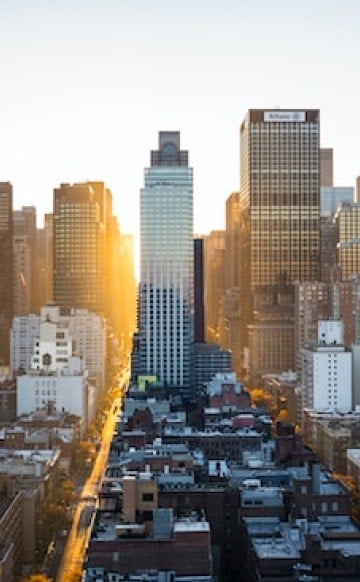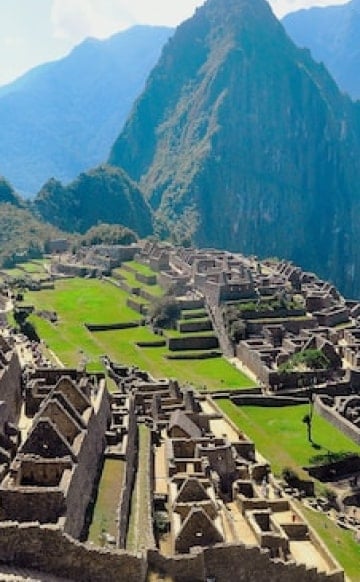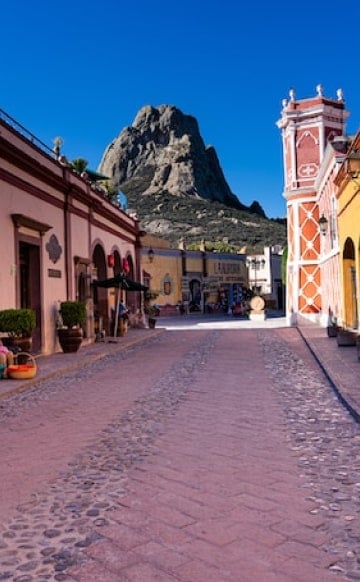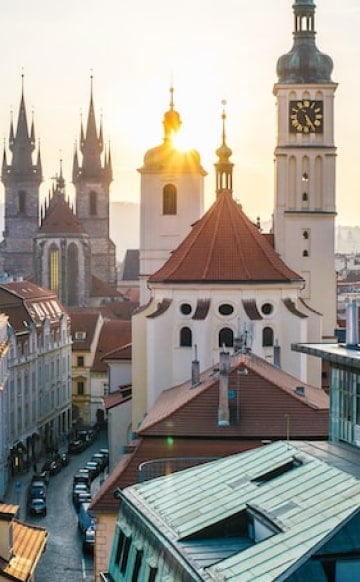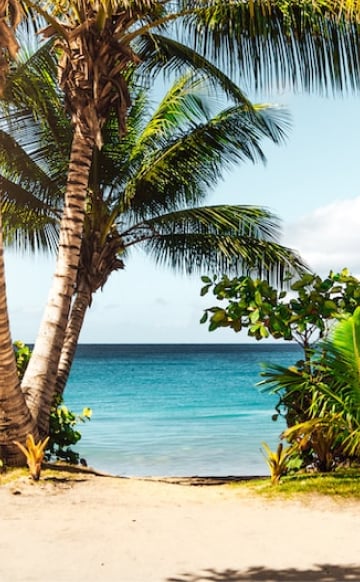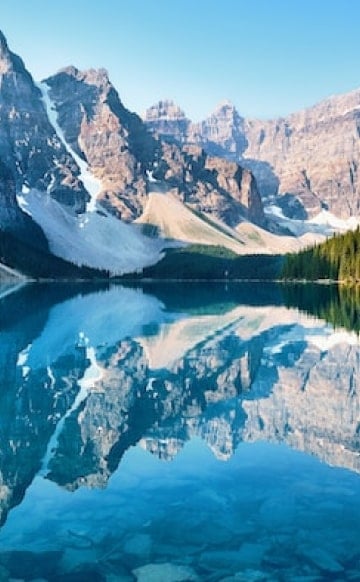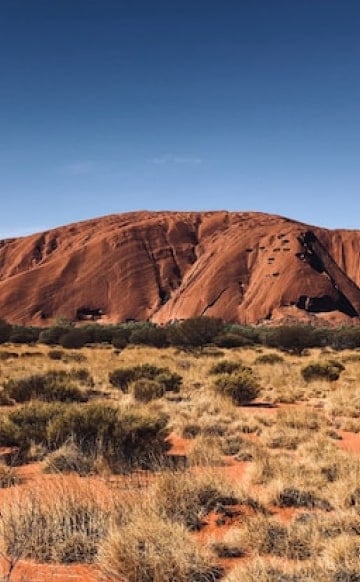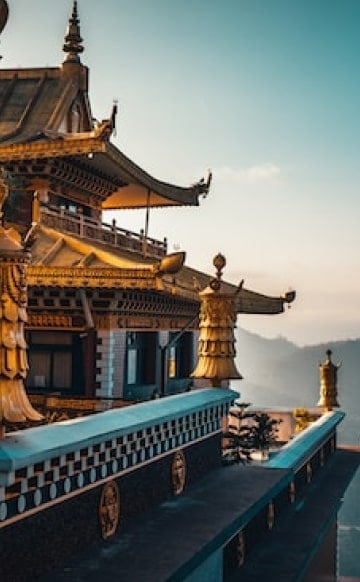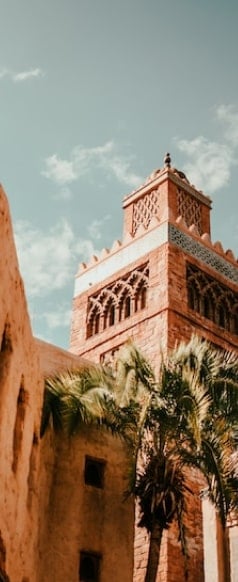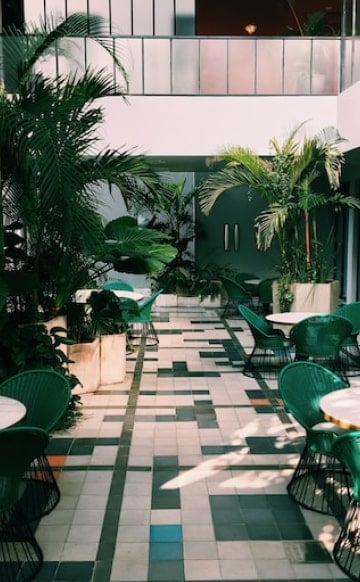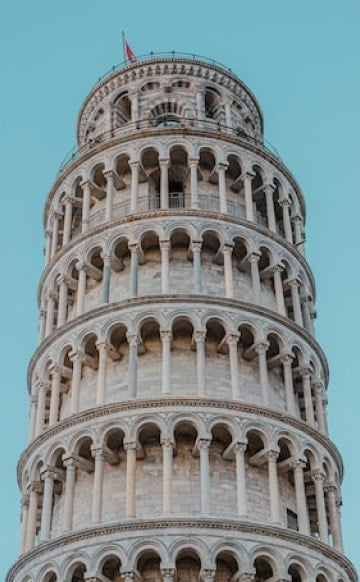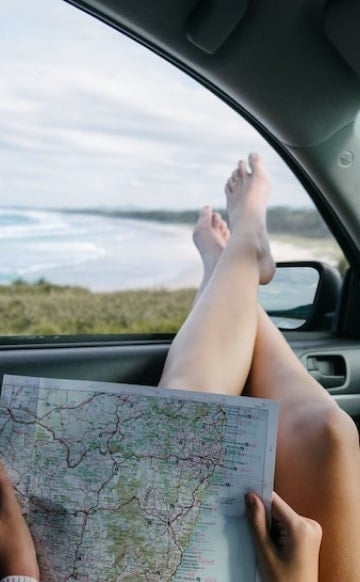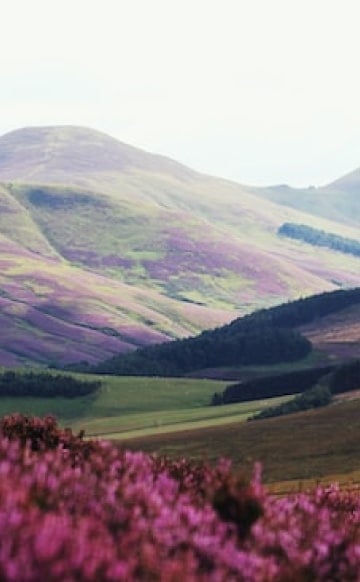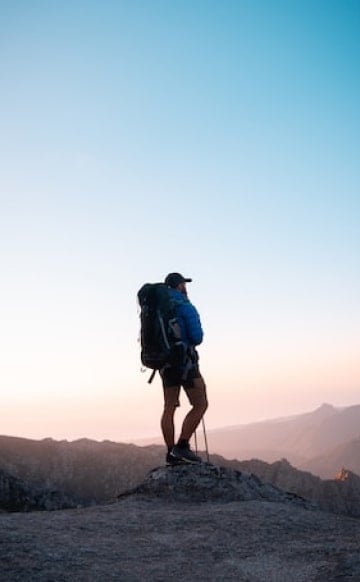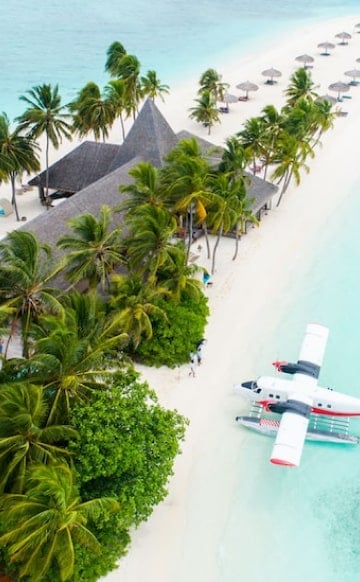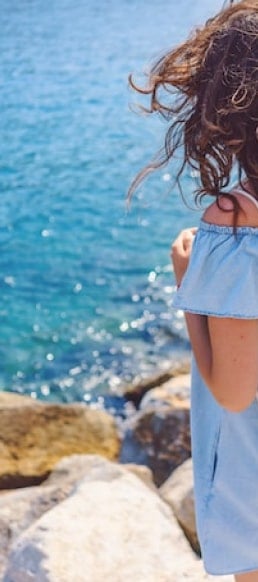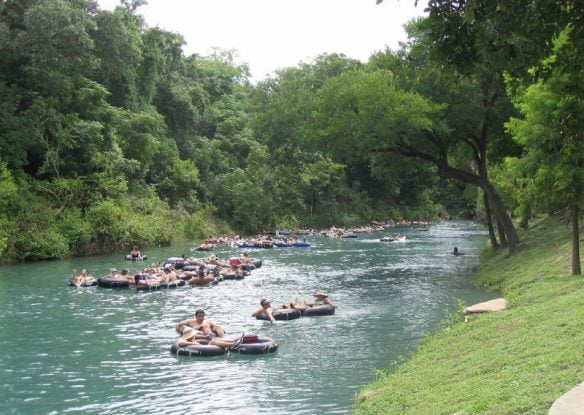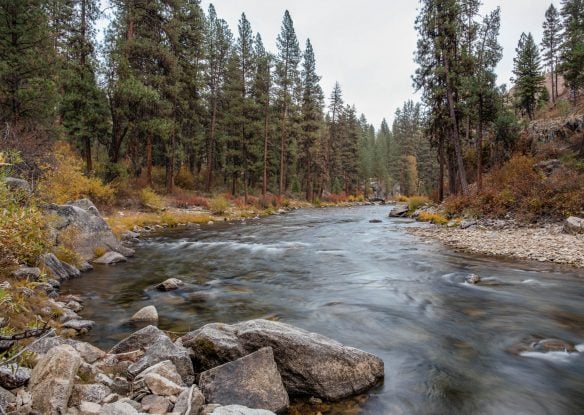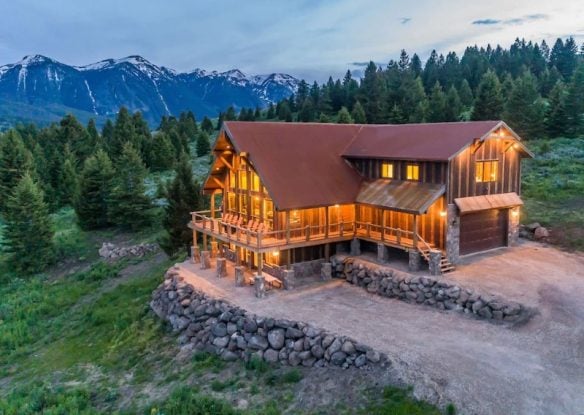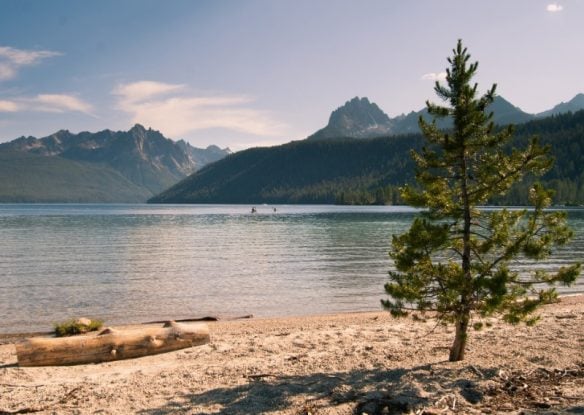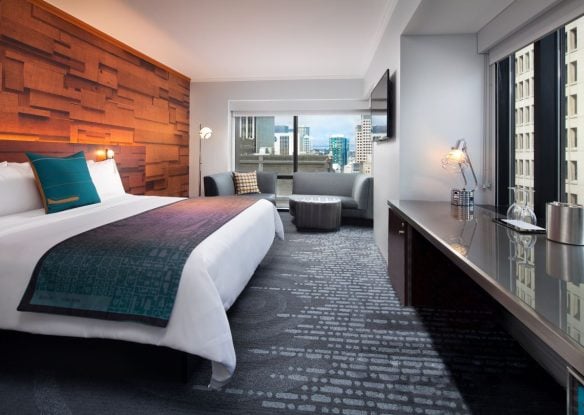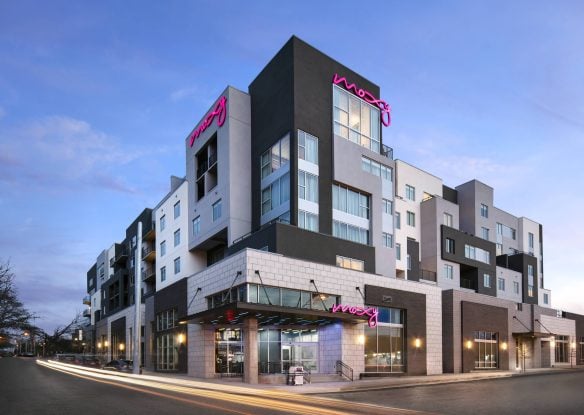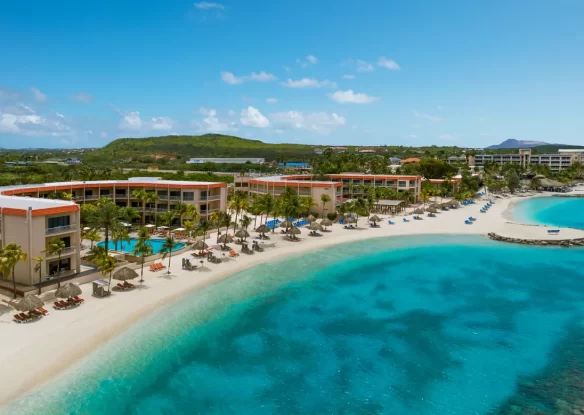Idaho is a vacation paradise, offering everything from unforgettable wilderness camping experiences and high-end resorts geared for outdoor adventurers to sparkling lakes, soaring mountains, and pristine rivers. If you’re planning to head to the Gem State, you won’t want to miss visiting at least some of these great places.

Stanley
The teeny tiny town of Stanley has a population of just 69, but surprisingly, you’ll find a wealth of accommodation options and more than a few restaurants, along with incredibly awe-inspiring scenery. While the surrounding wilderness is the main draw, be sure to stop by for one of the epic breakfasts served by Stanley Baking Company and enjoy dining along the river at Backcountry Bistro, which specializes in fresh seafood and free-range meats. Stanley sits on the banks of the Salmon River, enveloped by the Sawtooth and White Cloud Mountain Ranges, making an ideal base for exploring the state’s gorgeous backcountry. Enjoy fishing in alpine lakes that are stocked with a variety of trout, and all sorts of hiking trails that offer everything from an easy day hike to multi-day treks.

McCall
McCall is a mountain town and favorite with many frequent Idaho visitors. All about the water, it sits on the southern shore of Payette Lake and boasts the highest average snowfall in the state. Kayakers, boaters, standup paddle-boarders, and swimmers are all drawn here to explore the brilliant blue glacial lake. The river offers everything from peaceful float trips for families with kids to challenging sections with class IV and V rapids. In addition to water sports, huckleberry picking and hiking are popular activities, and many arrive to attend music and arts festivals. In the winter, Brundage Mountain opens up its famous ski lift, and visitors can also cross-country ski into a yurt or go snowmobiling. The town is probably most famous for its Winter Carnival, a 10-day festival held in late January featuring life-sized ice sculptures, live music, fireworks, a beer garden, and a Mardi Gras parade.

Craters of the Moon
Craters of the Moon is one of only a few places in the U.S. where you can walk over what was once lava, and explore an underground lava tube crafted by molten rock. This massive ocean of lava flows with cinder cones and sagebrush scattered about, is a unique landscape that formed during eight major eruptive periods, between 15,000 and 2,000 years ago. Although there are no fiery lava flows here now, the gnarled, crusty terrain that was frozen in time traces the tale of rivers of lava that gushed from fissures across the Snake River Plain known as the Great Rift. It’s a popular destination for hiking in Idaho, and in the winter, it’s a great place for snowshoeing and cross-country skiing. Free camping is available too, with a wilderness permit, available at the Visitor Center.

Coeur d’ Alene
Coeur d’ Alene, located in Idaho’s panhandle, is one of the state’s largest towns, located on the vast Lake Coeur d’ Alene. In this area with over 55 lakes, Coeur d’ Alene offers a wide array of water-based activities, including lake cruises and sailing as well as whitewater rafting, kayaking and just about any type of water sport you can imagine. It also boasts 18 golf courses and the Silverwood Theme Park with over 65 rides ranging from a merry-go-round to thrilling roller coasters and the Boulder Beach section with wave pools, waterslides, fountains and geysers. In the winter, skiing is available at three different resorts with more than 121 runs.

Shoshone Falls, Twin Falls
Just outside of the town of Twin Falls, is one of Idaho’s most beautiful waterfall: Shoshone Falls, sometimes referred to as the “Niagara of the West,” as this stunning natural beauty on the Snake River is even higher than its more famous counterpart, Niagara Falls, at 212 feet. The powerful falls are located in Shoshone Falls Park, which offers a range of facilities, including hiking trails, picnic areas, a swimming area, boat ramp, playgrounds and a scenic overlook. In the lush and shaded grassy areas, you can enjoy a picnic as well as an ideal vantage point for viewing the falls.

Bruneau Dunes State Park, Bruneau
Bruneau Dunes State Park hosts the tallest freestanding sand dunes on the continent – the highest soars an astounding 470 feet. These mountains of sand offer the chance to slide down them on a sandboard, available for rent at the park, or climb up them for a great workout. There are also lots of hiking trails as well as fantastic star gazing at Idaho’s only public observatory, fishing and swimming in a small lake, bird watching and camping. The park is home to a variety of wildlife too, including coyotes, sage grouse and birds of prey. A museum, located near the park’s entrance, is a great place to learn all about its wildlife and the geology of the area.

Thousand Springs State Park, Hagerman
Thousand Springs State Park is home to one of the world’s largest spring areas which are the terminus of a massive underground aquifer that flows underneath the Snake River Plain from the Pioneer Mountains. The water is crystal clear and pure, creating some of the most beautiful springs and pools on the planet. The park is made up of multiple separate areas, with a total of nine that feature volcanic landscapes, historic sites and amazing water displays, from Malad Gorge and the Kelton Trail near Interstate 84 to Billingsley Creek and Vardis Fisher near Hagerman and Ritter Island, Bonnieview, Box Canyon, and Niagara and Crystal Springs along the Snake River. On a hot day, head to Niagara Springs for relief in the 350-foot-deep Snake River Canyon. There, you can stand in front of the springs and let the spray of the waterfall cool you off.

Hells Canyon National Recreation Area, Riggins
Hells Canyon is the deepest water gorge in North America. It sits along the Idaho and Oregon border, and with the Snake River running through, it affords outstanding fishing and whitewater rafting opportunities. Hikers will find a wealth of hiking and backpacking trails to choose from, and along the way, mountain goats, bighorn sheep, or even black bears are sometimes spotted. History buffs may want to visit Kirkwood Historic Ranch, which offers a glimpse of ranch life in the 1930s and is accessible via a 6-mile hike or by boat. A number of jet boat and helicopter tours are available in the region as well.

Boise
Boise, the state capital, is often overlooked, but it offers lots of small-town charm with big-city attractions. It’s also the starting point for an endless array of outdoor activities, in addition to offering whitewater rafting and inner-tubing right through the city along the Boise River. Fly-fishing, mountain biking, rock climbing and hiking are just a few of the other popular outdoor pursuits in the area. In the revitalized downtown, offers great people watching, shopping and dining. With Boise’s rich cultural scene, you’ll find lots to do indoors when the weather isn’t cooperating, including learning about Idaho’s history at the History Museum, visiting one of several performing arts centers and theaters in the city, or heading to the Boise Art Museum. The capitol building is open year-round with guided group tours and self-guided tours for individuals.

Lewiston
Lewiston, which traces its history all the way back to the Lewis and Clark Expedition in 1805, is situated at the confluence of the Snake and Clearwater rivers, which still serve as the town’s focal point. Today, the town is considered to be a gateway to natural wonders like Hells Canyon and the Salmon River Canyons. If you’re interested in the area’s history, Idaho History Tours takes visitors on walking tours of the historic downtown. The Ghost Tour is especially popular, with the chance to explore beneath the sideways, and even feel the presence of the spirits that once traversed them and worked in the “unmentionable” side of society in the 1930s. At the Lewis Clark Discovery Center, you’ll find interpretive displays, including a dugout canoe, a salmon stream, an Indian teepee, and an exhibit focused on Lewis and Clark’s challenging route through the Bitterroot Mountains.

Hagerman Fossil Beds National Monument, Hagerman
The Hagerman Fossil Beds National Monument is home to a significant concentration of Hagerman Horse fossils. The Hagerman Horse, an Ice Age mammal, lived in the grasslands of North America before going extinct roughly 10,000 years ago. The fossil horses for which this monument is famous, have only been found in the northern portion of the site, known as the Hagerman Horse Quarry. The monument is internationally significant as it protects the richest known fossil deposits from the late Pliocene age, 3.5 million years ago, providing a glimpse into a time before the Ice Age. Start your exploration with a stop at the visitor center, located in the town of Hagerman. In addition to visiting the monument, at the adjacent Lower Salmon Falls Reservoir, you can enjoy boating, fishing, hiking and horseback riding.

Sandpoint
Sandpoint, once named America’s Most Beautiful Town, is in the northern tip of Idaho. Set upon 43-mile-long Land Pend Oreille and surrounded by the Selkirk and Cabinet mountains, it’s easy to see why. You’ll find plenty to do both indoors and out, with 111 miles of shoreline and lush green forest offering a variety of outdoor adventures. In town, you can explore Sandpoint’s 19th-century heritage in the museums, take in a show at the historic Panida Theatre and enjoy an eclectic dining scene with a multitude of outstanding options. Beer lovers can enjoy the locally brewed, award-winning beers at Laughing Dog Brewing, while wine enthusiasts will appreciate the tasting room at the Pend d’Oreille Winery.

Idaho City
Idaho City is a historic town and gateway to the Sawtooths. It’s a hidden gem on the Ponderosa Pine Scenic Byway. During the gold rush it was the largest city in the Pacific Northwest, but today, the rugged western town rich in mining and logging history is home to only about 500 residents. During its heyday, it boasted fancy theaters, dozens of saloons, Idaho’s first Catholic Church, and a county jail that locked up some of the most notorious criminals in the Old West. Enjoy your visit by taking a stroll on traditional wooden sidewalks, exploring artifacts in the Boise Basin Museum, and sampling sarsaparilla at the local saloon.

Sun Valley/Ketchum
Sun Valley and Ketchum are close next-door neighbors in south-central Idaho. Sun Valley is known primarily as a ski resort, though you’ll find lots to do year-round. It boasts two ski slopes, Bald Mountain and Dollar Mountain. When the snow has melted, you can hike some of the trails that crisscross the area, while more challenging trails await by riding the ski lift up Baldy and hike or mountain bike there. The spring and summer months are popular for fly fishing for trout in the area’s pristine rivers, as well as horseback riding and hiking in the mountains. Both Ketchum and Sun Valley feature beautiful turn-of-the-century architecture, and in the summertime, there are themed Wagon Festivals hosted, taking visitors back in time to the Old West. Ketchum’s main street is lined with great eateries and bars, including the Sawtooth Club and Pioneer Saloon, which serves up traditional regional fare like elk and bison. As Ketchum is notorious as the place Ernest Hemingway committed suicide, fans will appreciate walking the halls of Sun Valley Lodge, where the famed writer worked on For Whom the Bell Tolls.

Driggs
While tourists head in droves over to Jackson, Wyoming to explore the Tetons, on the other side of the mountains in Driggs, Idaho, you’ll find a spectacular alternative without the crowds. Driggs sits on the western flanks of the majestic mountains and offers a friendly and unpretentious atmosphere. It’s home to many service industry workers who keep Jackson going, but can’t afford to live there. You’ll enjoy a practically endless area of Teton Valley adventures at your doorstep, including rafting, backpacking and world-class fishing on the Teton River for brook, cutthroat and rainbow trout. Of course, with nearby access to Grand Targhee Resort, just 20 minutes away, it’s also a fabulous spot for skiers and snowboarders as well as one of the newer snow sports, winter mountain biking on snow-covered trails.

Wallace
The historic mining town of Wallace has long been famous as the “Silver Capital of the World, with 1.2 billion ounces of silver coming from the region since 1884. Located halfway between two ski and recreation areas in northern Idaho’s stunning Silver Valley, today it silver mining is still a big part of its economy, but it’s the pristine mountain environment that attracts outdoor adventurers from across the globe. Many come for the deep powder in the winter, and in the summer, tourists arrive to enjoy the wide variety of bike trails as well as the peaceful solitude of alpine lakes. Wallace is also famous for its historic buildings, in fact, every building downtown is on the National Register of Historic Places.
